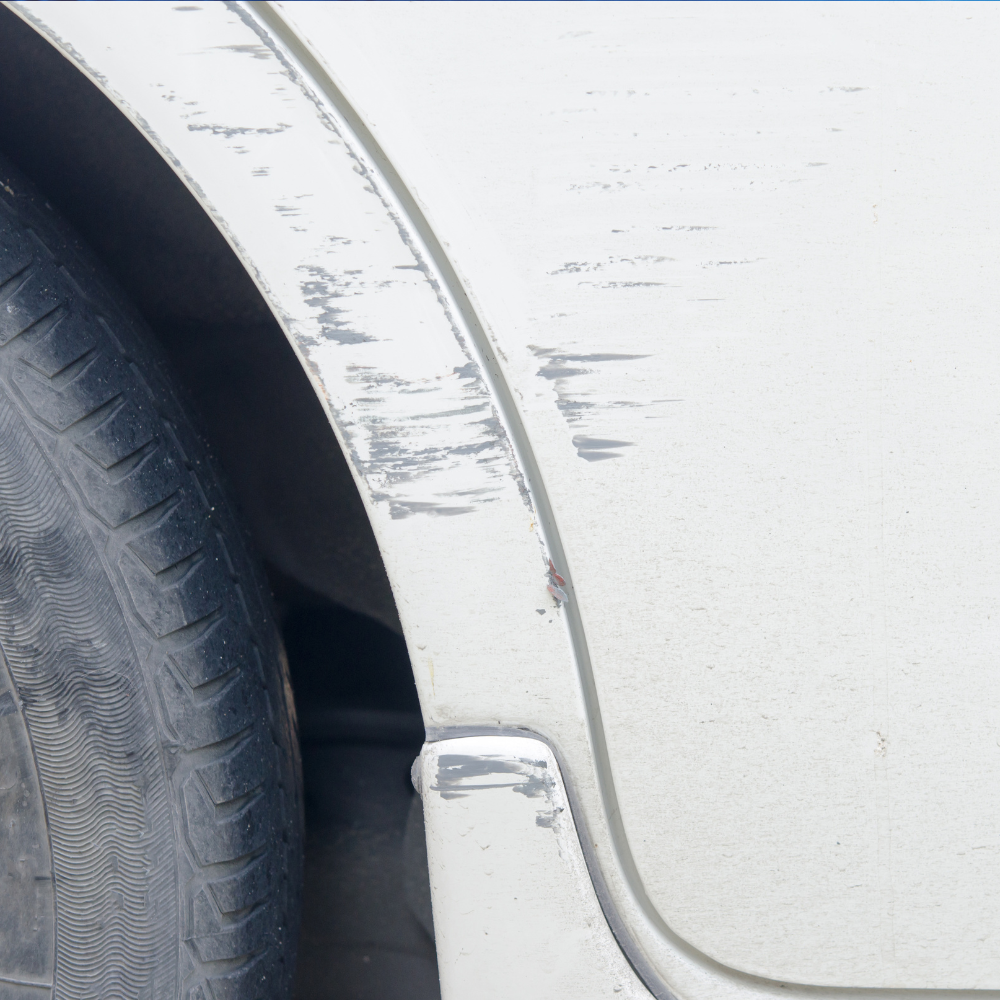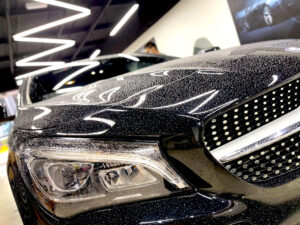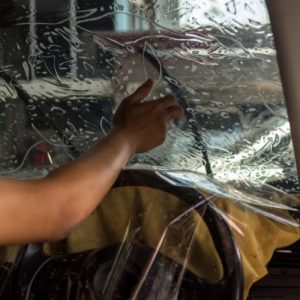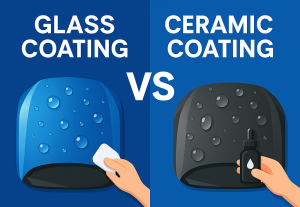It’s a common misconception among car owners: “Don’t worry, that scratch can be polished off.” While that might be true in some cases, not all scratches are created equal—and some may have already penetrated beyond the clear coat, permanently damaging your car’s paint.
In this article, we break down the types of scratches, how to tell which ones are removable through polishing, and when it’s time to consider professional repair or repainting.
1. Types of Scratches on Car Paint
Car paint is made up of three layers: the clear coat, which acts as the outermost protective barrier; the base coat (or color layer), which gives your car its visible color; and the primer, which helps paint adhere to the car’s metal body and adds corrosion resistance.
Scratches can occur at any of these levels. Surface-level scratches, which only affect the clear coat, are the most common. They usually appear as light swirl marks or fine lines visible under sunlight. These are generally harmless and can often be removed through polishing or gentle buffing.
Medium scratches
extend into the base coat. These go beyond the surface and are harder to fix. Polishing may improve their appearance, but they rarely vanish completely. In most cases, minor touch-up paint is needed to restore the finish properly.
Deep scratches
reach the primer or expose bare metal. These are the most severe and are often rough to the touch. They can appear white or metallic and leave the surface vulnerable to rust. At this stage, polishing won’t help—professional repainting or bodywork is usually required to fix the damage.
2. Why Customers Often Get Confused
To the untrained eye, many scratches look the same. Customers may think:
-
“It’s just a line—it’ll buff out.”
-
“The car is new, so the scratch shouldn’t be deep.”
-
“I saw a TikTok showing DIY polish—it should work.”
However, without understanding paint depth, you risk disappointment—or worse, making the scratch more visible.
That’s why at Shield Smith, we conduct a detailed visual and feel inspection before recommending any polishing or coating service.

3. How Shield Smith Handles Paint Scratches
Our trained technicians use:
-
Professional-grade lighting to detect depth
-
Paint thickness gauges to measure how deep the damage goes
-
Compound polishing machines for safe surface-level correction
If a scratch is too deep, we’ll give you honest advice:
-
Consider touch-up paint for minor base coat scratches
-
Repaint the panel if metal is exposed
We believe in managing expectations clearly before any detailing or coating service.
4. Can Coating “Hide” Scratches?
Many customers ask if ceramic or titanium coating can hide existing scratches.
The answer is no—these coatings are designed to protect your paint, not repair it.
In fact, applying a coating can enhance the gloss and clarity of your car’s surface, which may actually make light scratches, swirl marks, or imperfections even more visible under direct light. That’s why professional paint correction is usually recommended before applying any kind of coating, to ensure the best finish and long-lasting results.
Conclusion
Not all scratches can be polished away.
Some may look minor but have already damaged your paint. At Shield Smith, we ensure you get the right solution—not just a quick fix.
Bring your car in for a free inspection and let us advise whether polishing, touch-up, or repainting is best for your vehicle.





